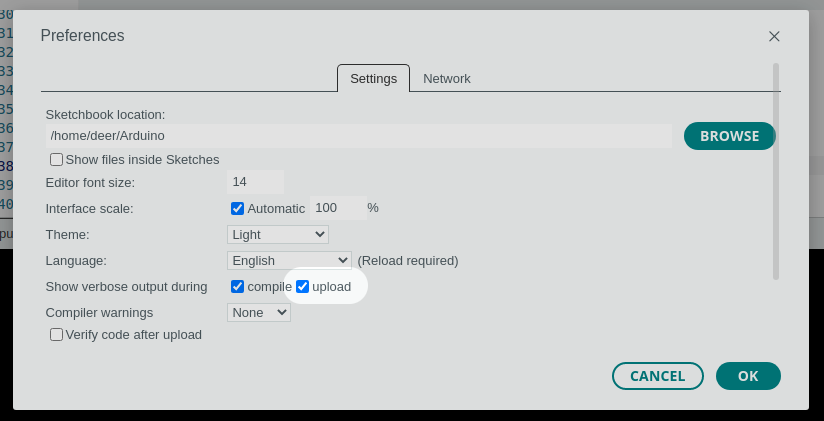How to unbrick a Pro Micro clone (fast)
Recently I’ve been getting back a bit dabbling around with electronics. Currently I specifically like to use the Sparkfun ProMicro, because of it’s on-board USB capabilities (more on that in a future blog post).

While setting up my Arduino IDE and playing around with it, I noticed that there are several ways that you can end up in a situation that makes it difficult to flash a new sketch to the board. In such states, your OS may report that a USB device wasn’t recognized and the serial port may not show up in the Arduino IDE, which lets the board turn into a tiny brick.
Luckily there is an official guide for resolving that issue on learn.sparkfun.com:
First, you’ll need to set the serial port to the bootloader. But that port is only visible when the board is in bootloader mode, so pull the reset line low twice quickly to invoke the bootloader reset feature discussed above. On Pro Micro’s, or other devices which don’t have a reset button, you can either use a wire to quickly short ‘RST’ to ‘GND’ twice, or wire up a temporary reset button. While the Pro Micro is in the bootloader change the ‘Tools > Serial Port’ menu to the bootloader COM port. Quick! You’ve only got eight seconds.
Maybe I’m getting old, but I just can’t get it done in time. Not only do I have to re-select the port but also the board itself from a search dialog. It’s mind-boggling to me why the Arduino IDE doesn’t let you specify those settings beforehand. You could argue that I’m not only using an unofficial Arduino dev board but also a cheap clone of it, and you’re totally right! But I experienced similar issues before, even with an official Arduino Micro. Also, the IDE always recompiles the sketch before flashing it. The farthest I got was getting it to begin the flashing process, only to reach the eight second window right in the middle of it, which of course aborts the whole thing.

I enabled more verbose output of the flashing step to maybe find a more useful error message, and indeed I got lucky: I spotted the exact command that is run to flash the compiled sketch. By just running that myself in a terminal, I was able to flash the board instantly after I put it into the bootloader mode by just hitting the enter key of my keyboard instead of competing in a speedrun point’n’click challenge against the clock.
I published a repository containing a small script, with the needed avrdude configuration and an compiled empty sketch, in case someone needs this as well (I’m sure I will!): https://github.com/ledeniz/unbrick-promicro
Also, now I’m thinking about switching over again to using PlatformIO instead of the Arduino IDE. But apart from the weird behavior this blog post is about, for now it still works okay enough for me and I still have some bad memories from using PlatformIO in the past.
P.S. While writing this blog post I listened to this rendition of the Twin Peaks theme played on that very board visible above in the photo. I don’t know the show, but the tune is pretty relaxing. And it sure is satisfying to let the little board put out some magic :>